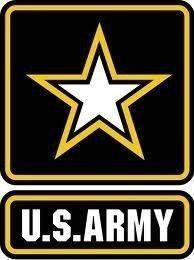During a morning town hall forum with members of the Army’s Senior Executive Service, Secretary of the Army John McHugh Monday announced creation of the Institutional Army Transformation Commission, a panel charged with finding new ways to make the Army a more “agile, cost-effective organization.”
“We’re not just asking people to change the way they budget,” McHugh said. “We’re asking them to change the way they think.”
Earlier this year, McHugh created a short-term task force to examine the Army’s organizations and business practices to identify both short-term improvements and long-term structural changes within the institutional Army — the so-called Generating Force. To date, that task force has launched efforts to root out overlap and redundancies in research and development, review temporary organizations and task forces to see if they are still needed, consolidate and streamline the requirements process, reform installations management, optimize Army acquisitions, and make changes in human capital management.
While I’ve been encouraged by the task force’s early work, the simple fact is that large-scale institutional transformation takes years to mature before agile, cost-effective organizations emerge — with a culture of continuous improvement incorporated in all activities,” McHugh said. “This commission will implement changes already identified through the short-term task force, assess and identify new opportunities, and continue to function for the next three years. This longer term, more enduring approach is historically and practically necessary and will help make continuous transformation a part of Army culture.”
McHugh explained his focus on restructuring the institutional Army by noting that the Army is loosely divided into two separate organizations — the operational Army, which are deployed forces, currently in the fight in Afghanistan and Iraq; and the institutional Army, or generating force, which prepares, trains, educates and supports those troops.
“To an outsider, there are no visible differences between these two parts of the Army,” McHugh said. “In one assignment, they might be driving an MRAP (mine resistant ambush protective vehicle) through Afghanistan, and in the next, providing stateside training to other soldiers in how to use the vehicle. In the first, he or she is part of the operational Army; in the second, the institutional Army.”
Since the wars in Afghanistan and Iraq began, the operational Army — the sharp tip of the spear — has experienced dramatic and continuous change, quickly adapting to changes in terrain, mission and the enemy it faces. But the institutional Army looks much the same, structurally, as it has since the early to mid-70s.

